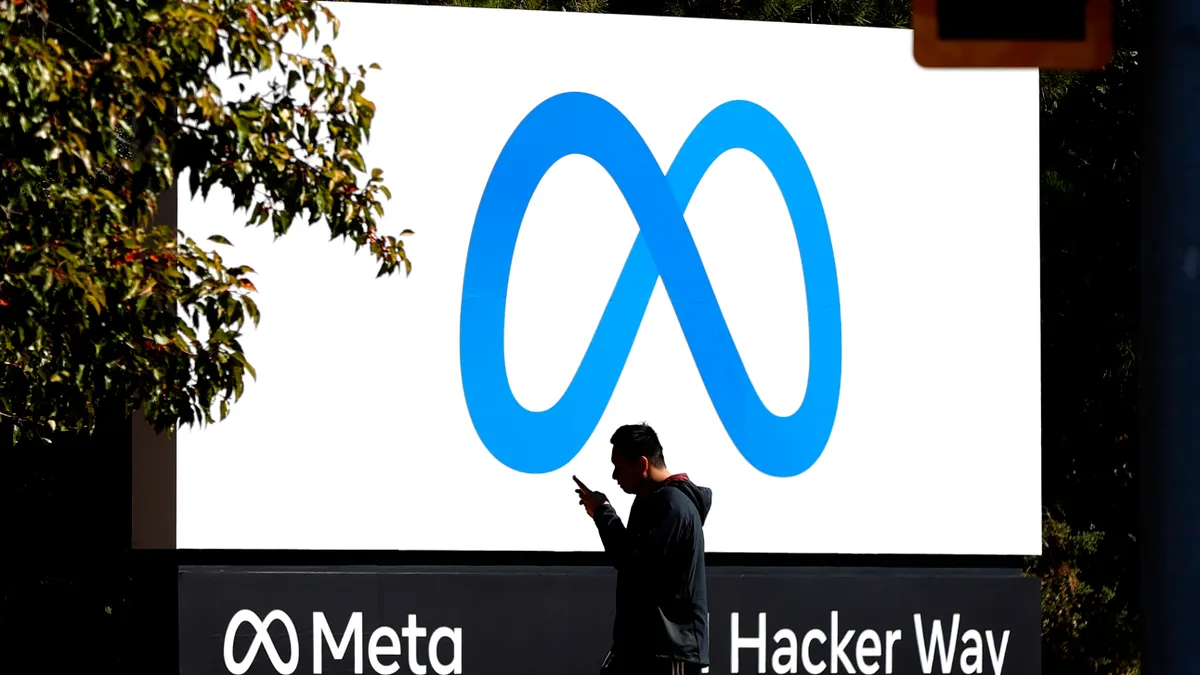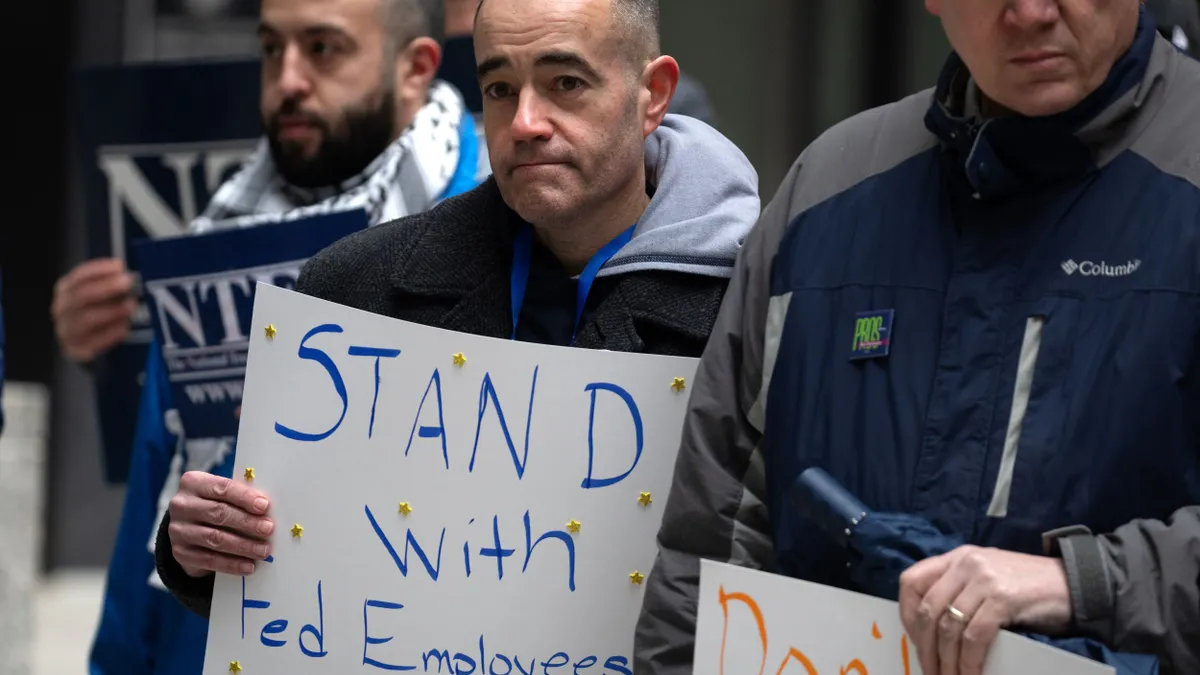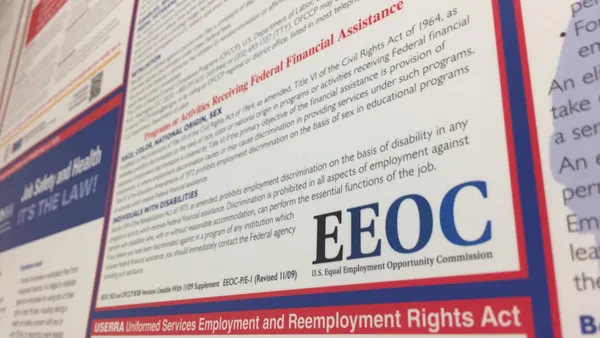Shocked headlines lit up the Internet recently when the 2nd U.S. Circuit Court sided with the National Labor Relations Board and its defense of an employee that called his manager a “NASTY MOTHER F****R” on Facebook — but HR managers have likely already seen the writing on the wall long before this.
The NLRB's recent win in NLRB v. Piers Sixty LLC reflects the expanding definition of 'protected speech' as the reach of social media extends further into the workplace.
Within that rather filthy Facebook post, the worker (fired after making said post) also discussed an upcoming union election. According to the NLRB, that was enough to make it “protected speech.” The courts have so far deferred to the NLRB on this matter.
Despite employee behavior that even the 2nd circuit declared the “outer-bounds” of protected comments, the employer here made mistakes that likely cost them the case. As Peter Siegel, a shareholder in Greenspoon Marder’s Labor and Employment Law practice told HR Dive, this case was “very different” from a personal attack on a manager and a manager’s family.
Context is everything in employment law — especially as regulatory bodies like the NLRB continue to expand their definitions of key employment concepts. So far, the tendrils of “protected speech” have expanded far, and are reaching farther.
But that, too, may soon change under the current administration. Confused? Read on.
The NLRB’s expanding reach on “protected speech”
When social media was still the Wild West, employers had the latitude to decide what a post meant, and largely could terminate without repercussion. But those days are over, Siegel said.
“[This case] really is a perfect example of where the employee protections kick in,” he added. He considers the result of the case “not really surprising” when the Facebook post is placed in the context of recent NLRB decisions regarding social media, which have almost all leaned into protecting the union or workplace organizing speech of employees wherever it's spoken.
“If this employee had not mentioned the union or some kind of labor dispute, no court would say you are required to retain that person in your employ,” Charles Roberts, a partner at Constangy, Brooks, Smith & Prophete said.
But employers have to be careful about that, Roberts said, as employee rights “are almost limitless” if couched in union messaging or other forms of protected speech, such as workplace disputes.
The EEOC has responded contrarily to some of the NLRB’s defenses in some of these cases, Roberts said, as civility is not often considered in the context of protected activity. Employees could be engaged in protected speech, and yet use racial or sexual slurs in a way that otherwise would not be tolerated by a court or most company policies.
It’s already happened once before in the courts. Cooper Tire & Rubber Company v. United Steel eventually ceded protection to employees in the midst of collective bargaining who used racist language against African-American replacement workers. The employees were ultimately protected because the judge found that their language didn’t include the threat of physical violence or coercion — though the judge did find the language “racist, offensive, and reprehensible.”
The board may not stop at social media. Roberts noted that the NLRB has even begun to scrutinize rules banning cell phones or cameras in the workplace, as they could be seen as ways for employees to document their work environment.
“It’s a trend developing to the technology, of course, but there’s an effort by the current board to recognize almost unending opportunity to engage in protected activity,” Roberts said.
Can it get peeled back?
Before employers everywhere begin clutching their employee handbooks in fear, take a breath. Both lawyers agree that this current stance could be clawed back under the Trump administration and the leadership of newly appointed NLRB chair Philip Miscimarra.
Miscimarra is expected to follow the conservative Justice Antonin Scalia’s straight text interpretation of the law when ruling on board issues, which will likely lead to more conservative expansions of NLRB power.
“I would not be surprised to see some peeling back and a return more to the early days of social media where the employer was given great deference for what is distasteful,” Siegel said. “But it will take time.”
Under Trump and Miscimarra, it’s also likely that more Republican or conservative-leaning members will be appointed to the board, leading to the retraction of these protections. But the timing of that is unknown at this time. The effects of new leadership won’t be felt immediately.
Looking at the big picture: Creating a social media policy
Employers must always be sure to consider context when creating policies. In this case, the employee had been employed for 13 years and was terminated for bad language two days before a union election — a troubling timeline, Siegel noted.
Worse: The company apparently tolerated a high level of profanity in the workplace, Roberts said, making the firing look inconsistent with typical practice. Consistency is key when creating a formal social media policy.
“Make sure your [social media] policy isn’t inconsistent with your practice,” Roberts said. “Whatever you tolerate or don’t tolerate shouldn’t change from what you tolerate in the workplace.”
Don’t fall into the trap of making the policy too specific, either. Leave some leeway in place so that it can be applied on a case-by-case basis, Siegel said.
Chipotle was sanctioned late last year by the NLRB for its outdated social media policy that banned workers from using their private social media sites to "post incomplete, confidential or inaccurate information about their workplace, or from making disparaging, false or misleading statements about the company." That policy had a “chilling effect” on employee speech, and was found unlawful by the board’s standards.
A policy that is in tune with company culture is most likely to find success when it's implemented. The usual rules apply: Listen to your employees and encourage dialogue when you can.




















